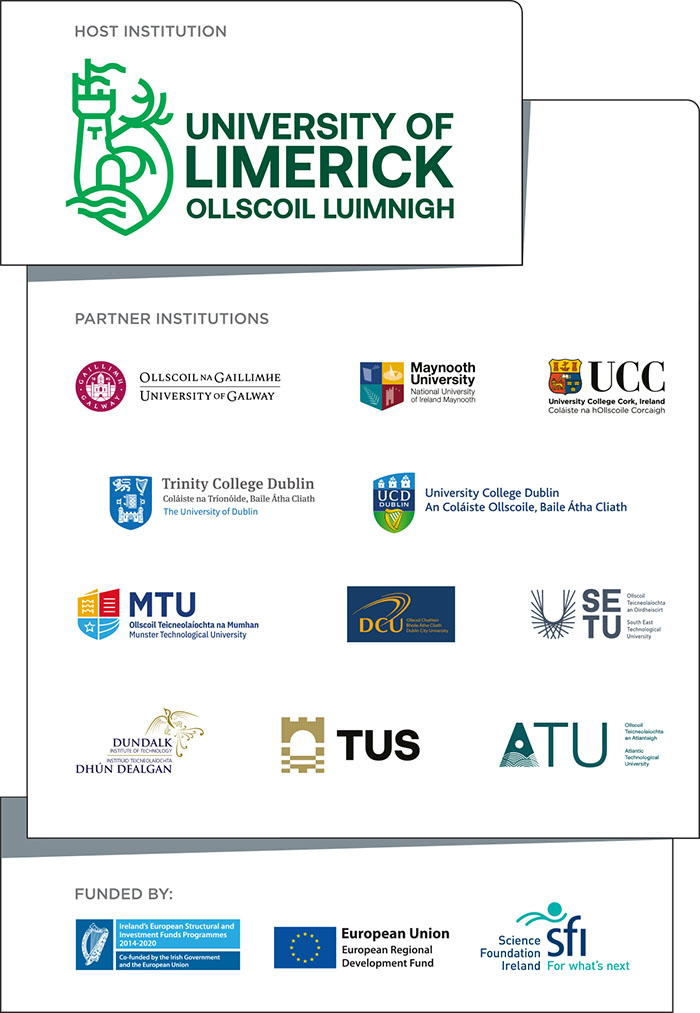Who Will Stop Contributing to OSS Projects? Predicting Company Turnover Based on Initial Behavior
You are here
| Title | Who Will Stop Contributing to OSS Projects? Predicting Company Turnover Based on Initial Behavior |
| Publication Type | Journal Article |
| Year of Publication | 2025 |
| Authors | Qin M, Zhang Y, Stol K-J, Liu H |
| Journal | Proc. ACM Softw. Eng. |
| Volume | 2 |
| Keywords | commercial participation, early participation, Open Source Software, OSS community |
| Abstract | Open Source Software (OSS) projects are no longer only developed by volunteers. Instead, many organizations, from early-stage startups to large global enterprises, actively participate in many well-known projects. The survival and success of OSS projects rely on long-term contributors, who have extensive experience and knowledge. While prior literature has explored volunteer turnover in OSS, there is a paucity of research on company turnover in OSS ecosystems. Given the intensive involvement of companies in OSS and the different nature of corporate contributors vis-a-vis volunteers, it is important to investigate company turnover in OSS projects. This study first explores the prevalence and characteristics of companies that discontinue contributing to OSS projects, and then develops models to predict companies’ turnover. Based on a study of the Linux kernel, we analyze the early-stage behavior of 1,322 companies that have contributed to the project. We find that approximately 12% of companies discontinue contributing each year; one-sixth of those used to be core contributing companies (those that ranked in the top 20% by commit volume). Furthermore, withdrawing companies tend to have a lower intensity and scope of contributions, make primarily perfective changes, collaborate less, and operate on a smaller scale. We propose a Temporal Convolutional Network (TCN) deep learning model based on these indicators to predict whether companies will discontinue. The evaluation results show that the model achieves an AUC metric of .76 and an accuracy of .71. We evaluated the model in two other OSS projects, Rust and OpenStack, and the performance remains stable. |
| URL | https://doi.org/10.1145/3729393 |
| DOI | 10.1145/3729393 |




